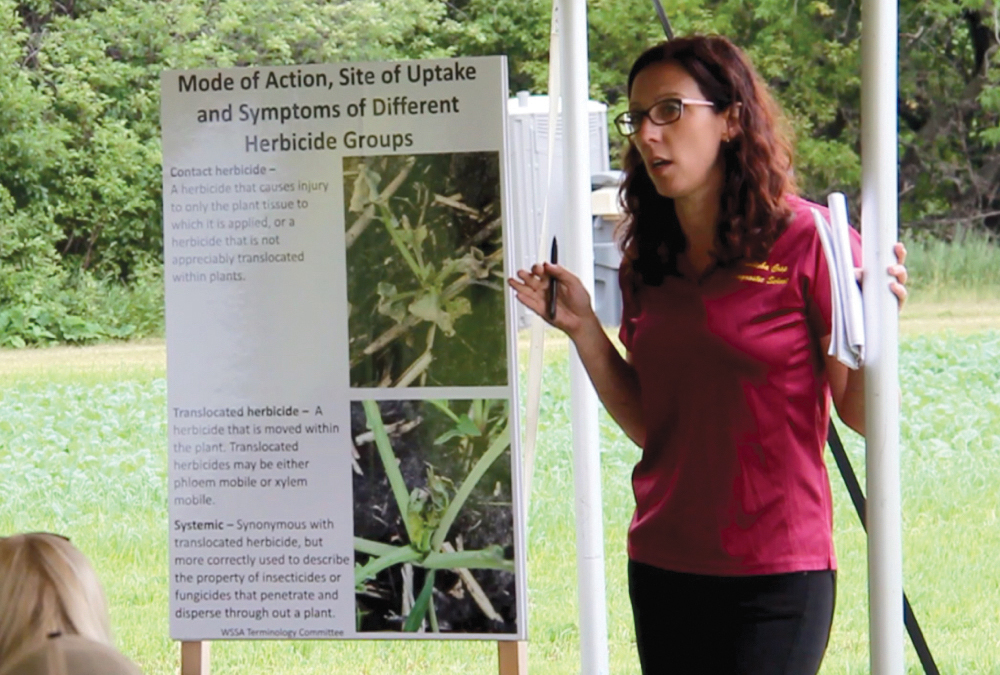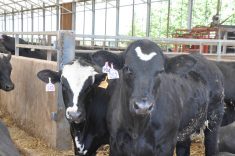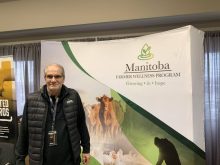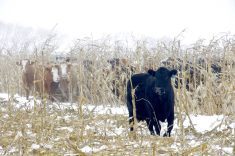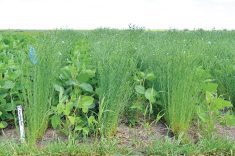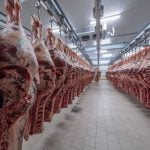After two years of meeting virtually, the Manitoba Agronomists Conference is back in person and ready to tackle climate change.
“It’s very exciting for us to be able to have that ability to interact in person,” says conference co-chair Tammy Jones, an agronomist with Corteva Agriscience who is co-chairing with Marla Riekman, a soil specialist with Manitoba Agriculture.
The conference takes place Dec. 14-15 with the theme “Dialing Down the Heat: Agronomic Solutions to Climate Change.”
Read Also

Manitoba boosts stake in cereals centre to $23.5 million
Premier Wab Kinew said the additional project funds will help ‘Trump-proof’ the provincial economy.
The plenary session traditionally deals with a theme that addresses a new or emerging issue for agronomists. Though federal initiatives have shifted some of the climate change burden to farmers, Jones says those initiatives aren’t necessarily new or emerging. In fact, they’re best management practices that most producers already use.
“Growers have been talking about carbon sequestration, nitrogen reductions and optimizing their use of crop inputs for many years,” she says. “This is hopefully an opportunity to bring some speakers to the forefront, to provide agronomists with a realistic outlook on how we can achieve reductions in nitrogen emissions.”
The plenary session on the first day of the conference has a packed slate of speakers. Between 8:45 a.m. and noon, six people will talk on various topics surrounding climate change policy.
They include Tom Bruuslema, from Plant Nutrition Canada, who will discuss furthering 4R to verify sustainable emissions reduction. The University of Manitoba’s Mario Tenuta will talk about research-validated strategies to achieve the federal government’s 30 per cent emissions reduction target.
USDA soil scientist Mark Liebig will discuss recent findings of the USDA-ARS Northern Great Plains Research Laboratory in terms of carbon sequestration. There will also be sessions on funding associated with meeting emission targets.
“It will be a robust conversation about the realities – both the upsides and the downsides – of that whole theory of trying to slow down climate change with carbon and nitrogen as a focus,” says Jones.
“It’s all about validation, verification and effectiveness, rather than just saying, ‘Here’s a bunch of tools, and we hope something works for you.’”
The idea is to look at what can be implemented, what tools are effective and what may be limited by geography. The conference seeks to answer the question of how farmers can utilize these tools in an economically feasible way.
Not all topics will be viewed through the lens of climate change. On Wednesday afternoon, the focus shifts to crop management and on Thursday, the morning session is dedicated to soil management, followed by pest management for the final session.
“We bring in a wide spectrum of speakers to ensure that there are topics that are relevant to a broad range of people,” says Jones. “There’s something for everyone.”
She singled out a few anticipated highlights, including the “one-two punch” of AAFC’s Benjamin Ellert and USDA’s Liebig on carbon sequestration.
Jones says she also learns from the panel where agronomists are invited to talk about what’s relevant to them.
“It gives you from-the-gut conversations about what it’s like to be an agronomist. And [Manitoba Agriculture entomologist] John Gavloski with his insects is always a home run. It’s a packed agenda and there are no bad speakers.”
More information is available at the conference website.


